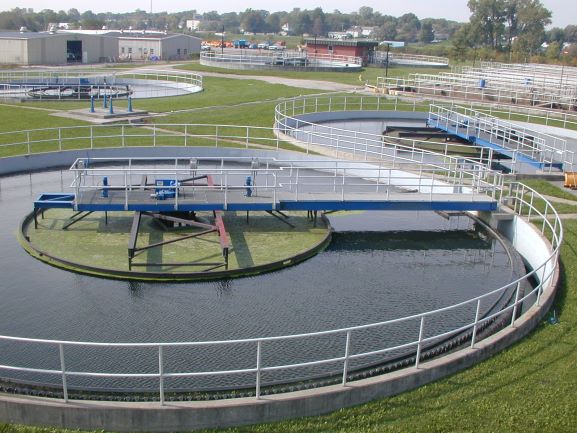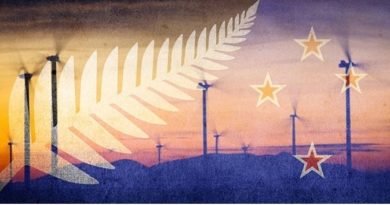As India Gears Up For New Water Policy, Key Challenges

With policy makers set to unveil a fourth national water policy sometime this year, it is interesting to look at just two of the biggest changes that have happened, since the country felt the need for a formal water policy first, in 1987.
Population, and urbanisation. In 1987, the country’s total population was close to 815 million. The share of urban population in this, is estimated to have moved from about 21 percent in 1987 to over 34 percent now. The latter figure is also considered an underestimation by many experts, due to the ignorance of wider urban sprawls that have been ignored, according to them. In fact, some estimate the figure should be closer to 40 percent. In any case, both these issues, population and share of urban population, have grown sufficiently enough to demand a massive change in mindset and water handling.
That water could be the biggest issue of this decade is a given, considering trends in the region and worldwide. Even the diminishing gap between successive water policies in India point to the pressure the system is under to adapt to new demands and changes. Our second national policy followed the first one in 15 years, in 2002, while the third one came in 2012, just a decade later. Now the fourth one is arriving in 2020, just 8 years after the last one. On paper, if one goes by the goals of the National Water Mission, a key mission under th Ministry of Jal Shakti, then the thinking is along the right lines, for now. The goals, are:
1.Comprehensive water data base in public domain and assessment of the impact of climate change on water resource
2.Promotion of citizen and state action for water conservation, augmentation and preservation
3. Focused attention to vulnerable areas including over-exploited areas
4. Improving Water Use Efficiency by 20%
5.Promotion of basin level integrated water resources management
The challenge however, is likely to be in the details. For instance, even as the country has built up an impressive live storage capacity of 253 BCM (Billion cubic metres). However, augmenting this with fresh storage following the same practices as earlier may not be practical anymore. Large reservoirs and dams, loved by the full nexus of contractors, policy makers and more for the large capital costs and ‘monuments’ to action they generate, have proved to have a mixed record. Besides the well documented challenge of siltation, which in turn causes loss of live storage, some of these dams have also outlived their age and usefulness. A patchy relief and rehabilitation record also means that these projects will face increasing resistance. That means a focus on storage that is much more dispersed, and localised.
Another massive, massive opportunity or attention area is India’s recycling of water. With a gap as high as 60 percent between sewage generation and treatment, the country has done incalculable damage to some of its resources, and needs to reverse this single challenge on a war footing. The biggest culprit here are our badly planned cities, which, even as they have taken on increasing population loads, have barely budged on their facilities for treatment of sewage. This has led to colossal waste, and an increasing dependence on the munificense of rains to replenish water needs. The continuing struggles being faced by both the Namami Gange (Clean Ganga) mission and other efforts to clean key rivers, from the Yamuna to the Cauvery, only point to the pitfalls of doing the same thing over and over again, even after repeated failures.
Tracking progress, improvements. In all this, there is a strong case for the ministry to take a leaf out of the MNRE book, and follow it for water too. The Saral Index for instance, is an index of state attractiveness for rooftop solar, which was launched last year. A similar index needs to be created to track improvements in water management at state levels too.
Finally, the most important aspect of water management today. Involving the users at local, state levels. We need much better ways to track use and measure usage by various categories of ‘consumers’, be it industry, agriculture, homes. Many categories need to be nudged towards a pricing mechanism. All of them need to be encouraged to conserve, be it through rainwater harvesting for homes, zero discharge of waste for industries, or even shifting to less water intensive crops for farmers.
A national water policy that aims for anything less, will only mean that the next water policy will be needed in even quicker time.




